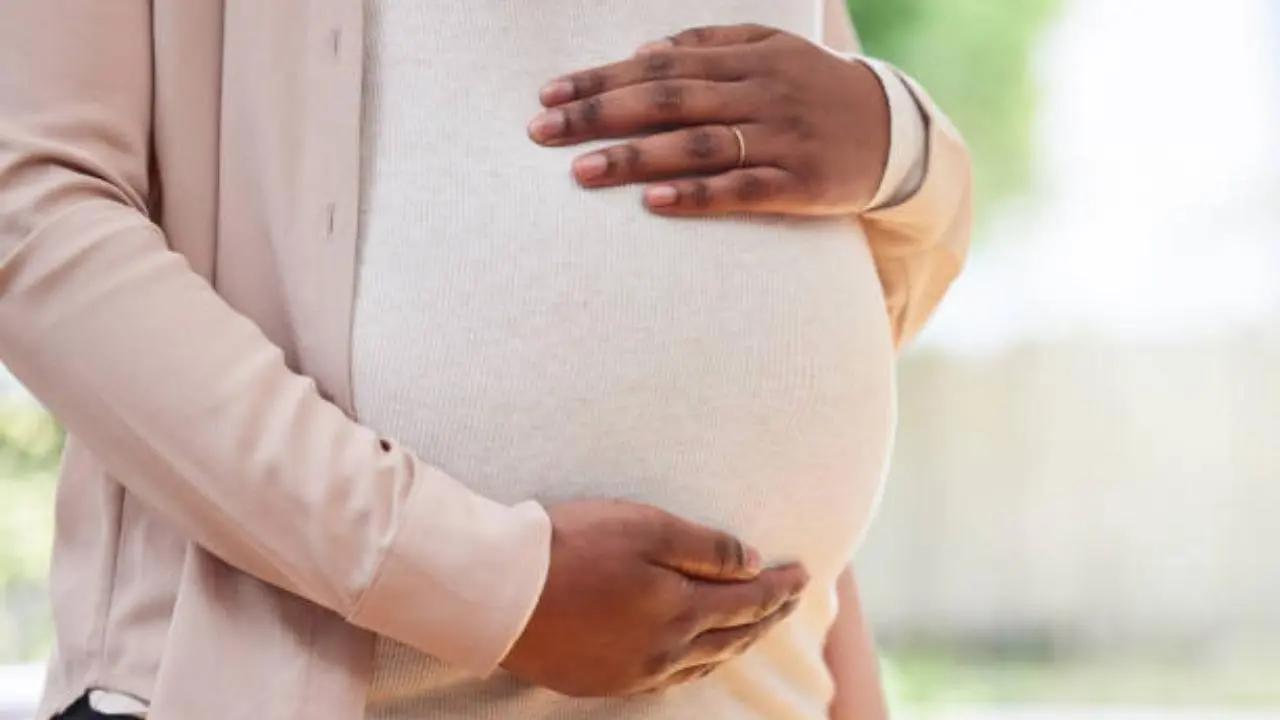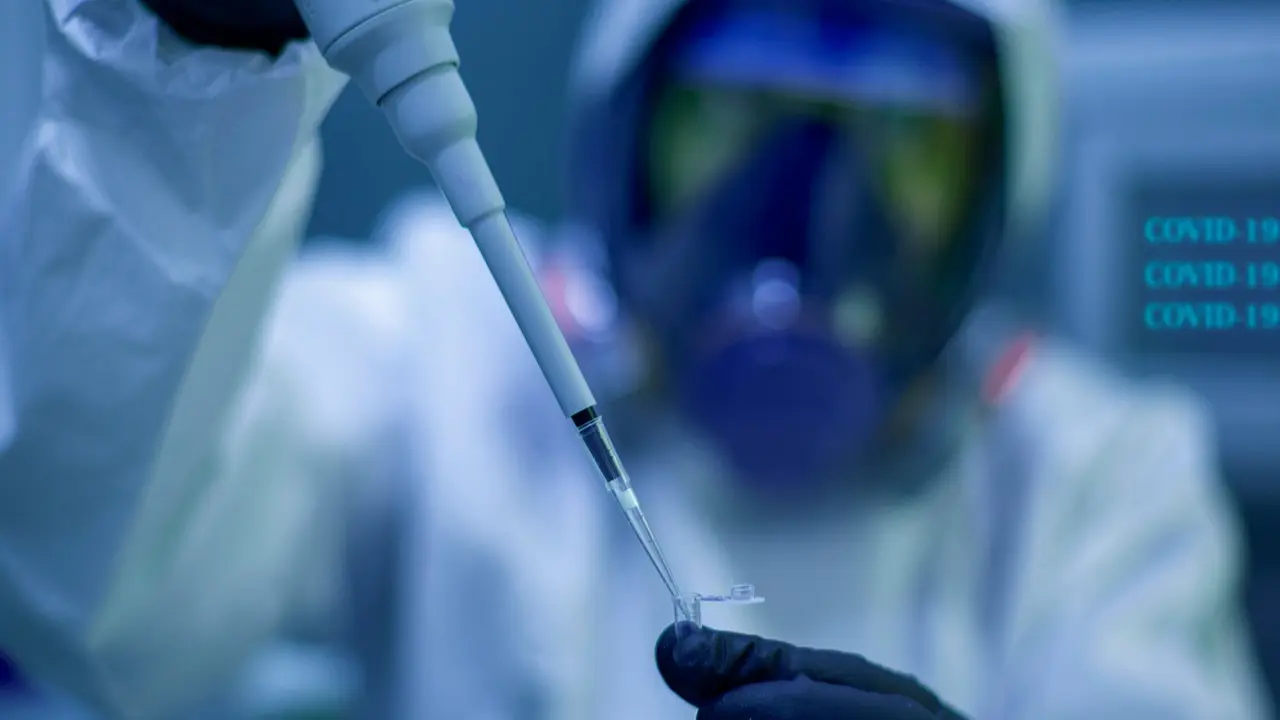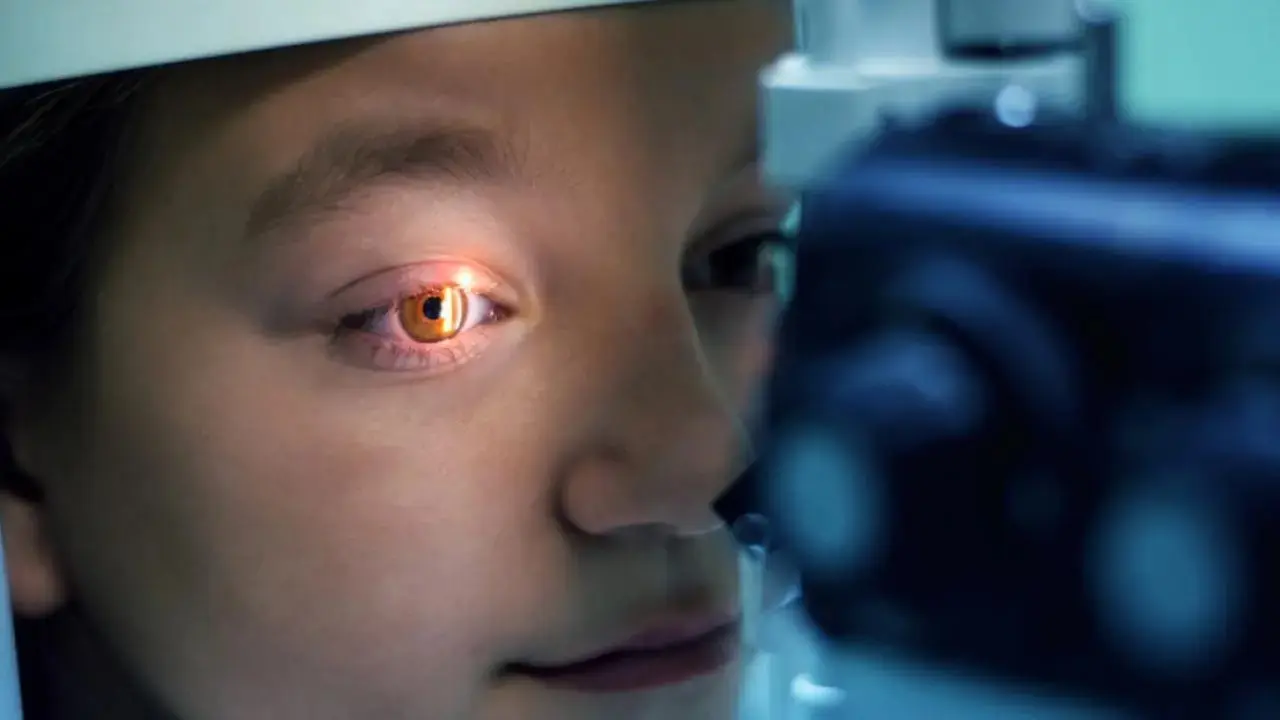A study by the Indian Council of Medical Research seeking to explain how a pregnancy is initiated has led to the discovery of a “genetic switch” that allows an embryo to implant itself on the wall of the womb, leading to conception.
For a pregnancy to begin, the embryo must first attach and embed itself in the wall of the mother`s womb. But how this happens has remained a mystery.
The findings, published in the international journal Cell Death Discovery, revealed a fundamental biological switch that controls embryo implantation.
The study was a collaboration between the Indian Council of Medical Research-National Institute for Research in Reproductive and Child Health (ICMR-NIRRCH), Mumbai; Banaras Hindu University (BHU), Varanasi, and the Indian Institute of Science (IISc), Bengaluru, and brought together experts in molecular biology, genomics and mathematical modelling.
It showed that two genes — HOXA10 and TWIST2 — work to open or close a small “gate” on the wall of the womb at the right time, said Dr Deepak Modi, ICMR-NIRRCH scientist and corresponding author of the study.
The inner lining of the uterus is like the wall of a fort — strong, protective, and normally closed to prevent anything from entering.
For the implantation to succeed, this wall must briefly open a small gate at the exact spot where the embryo arrives, explained Nancy Ashary, the lead author of the study.
The study discovered that the gene HOXA10 keeps the wall closed and guarded.
“But when an embryo comes in contact with the lining, HOXA10 temporarily switches off at that location. This short `switch-off` allows another gene, TWIST2, to act. The activation of TWIST2 opens the gate by making the uterine cells soft and flexible, allowing them to move slightly and let the embryo in,” said Dr Mohit Jolly of IISc, Bengaluru.
This process was studied in mice, hamsters, monkeys and human cells, and found that this HOXA10-?TWIST2 switch occurs across species.
This suggests that it is an ancient and essential biological mechanism that nature has conserved during evolution and is essential for reproduction in mammals, Dr Shruti Hansda of BHU underlined.
“Understanding this biological switch will explain why some women face repeated implantation failures or very early pregnancy loss, even with healthy embryos,” said Dr Geetanjali Sachdeva, Director of ICMR-NIRRCH.
If the uterine wall opens too little, the embryo cannot implant; if it opens too much, the pregnancy cannot be sustained. Controlling the balance between HOXA10 and TWIST2 could guide new strategies to improve IVF (in vitro fertilisation) success rates in future, Dr Sachdeva said
This story has been sourced from a third party syndicated feed, agencies. Mid-day accepts no responsibility or liability for its dependability, trustworthiness, reliability and data of the text. Mid-day management/mid-day.com reserves the sole right to alter, delete or remove (without notice) the content in its absolute discretion for any reason whatsoever











